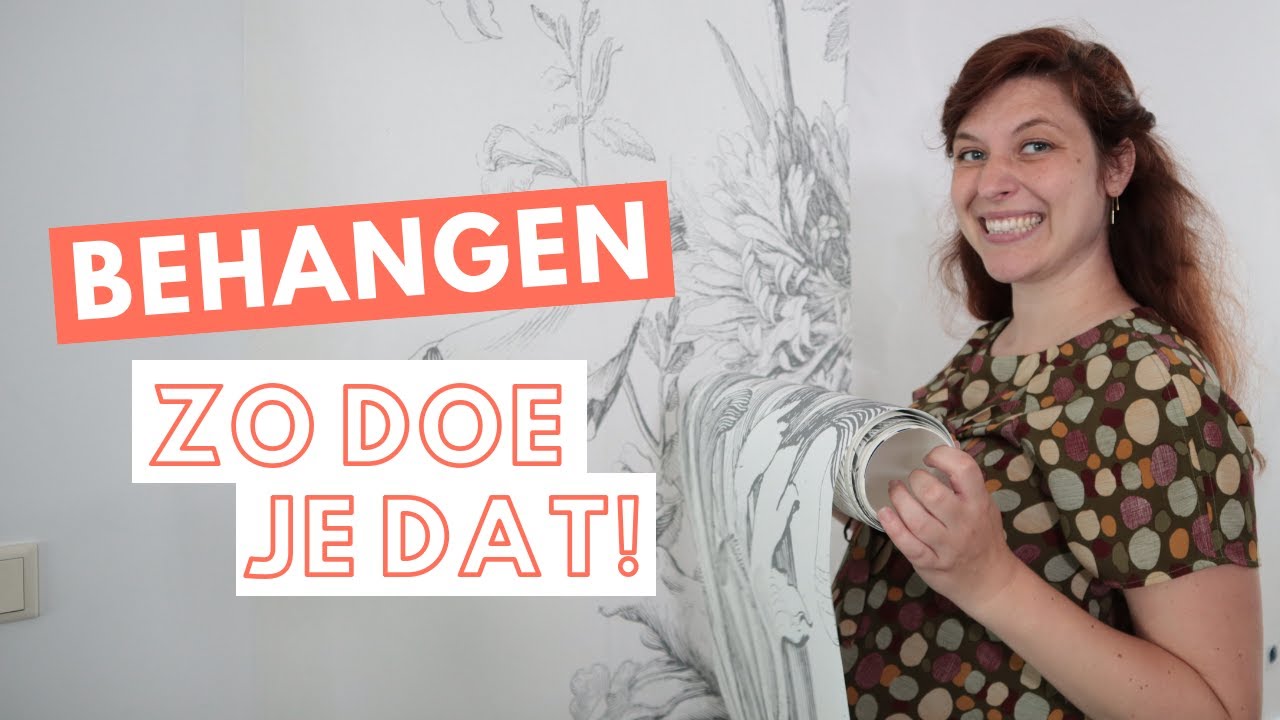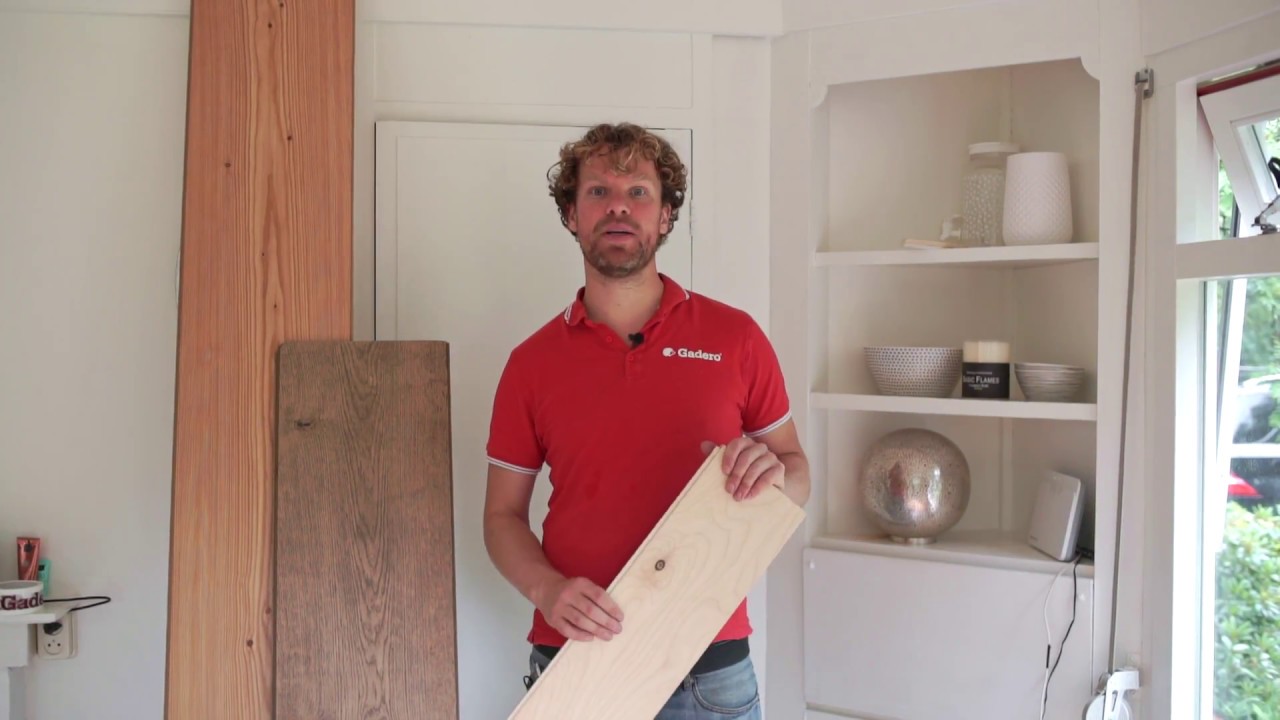interior decoration
Dutch Keyword 50 Interior Design Styles Explained in 25 Minutes
Interior decoration plays a crucial role in creating a comfortable and aesthetically pleasing living space. It allows individuals to express their personal style and transform a house into a home. In the Netherlands, interior design is deeply rooted in the country’s rich cultural heritage and embraces a wide array of styles. Whether you prefer minimalism, vintage charm, or contemporary elegance, Dutch interior design offers something for everyone.
Table of Contents
- 1. Art Deco
- 2. Scandinavian
- 3. Mid-Century Modern
- 4. Industrial
- 5. Bohemian
- 6. Minimalist
- 7. Coastal
- 8. Traditional
- 9. Rustic
- 10. Modern Farmhouse
- And many more…
Art Deco
The Art Deco style originated in the 1920s and 1930s and is characterized by its geometric shapes, luxurious materials, and bold colors. It exudes elegance and glamour, often incorporating elements such as mirrored surfaces, chrome accents, and elaborate patterns. Art Deco interiors often feature statement pieces like chandeliers and geometrically patterned rugs, creating a visually striking and sophisticated atmosphere.
Pros:
- Timeless elegance
- Luxurious materials
- Statement pieces
Cons:
- Can be expensive to achieve an authentic look
- Requires careful balance to avoid appearing outdated
Scandinavian
The Scandinavian style is known for its simplicity, functionality, and emphasis on natural materials. It embraces a minimalist approach, using neutral colors and clean lines to create a serene and clutter-free environment. Scandinavian interiors often incorporate elements of nature, such as wooden furniture and plants, to bring a sense of calm and tranquility to the space.
Pros:
- Clean and uncluttered look
- Focus on natural materials
- Creates a peaceful atmosphere
Cons:
- Can appear too plain or cold for some individuals
- Limited color palette
Mid-Century Modern
The Mid-Century Modern style emerged in the mid-20th century and is characterized by its sleek lines, organic shapes, and integration of indoor and outdoor spaces. It draws inspiration from the modernist movement and emphasizes functionality and simplicity. Mid-Century Modern interiors often feature iconic furniture pieces, such as the Eames lounge chair, as well as bold patterns and vibrant colors.
Pros:
- Timeless design
- Functional and practical
- Integration of indoor and outdoor spaces
Cons:
- Can be expensive to acquire authentic Mid-Century Modern furniture
- May not suit all architectural styles
Industrial
The Industrial style draws inspiration from old factories and warehouses, showcasing raw and unfinished elements. It embraces exposed brick walls, metal accents, and open spaces. Industrial interiors often feature utilitarian furniture, reclaimed materials, and neutral color palettes. This style exudes a sense of urban charm and authenticity.
Pros:
- Unique and edgy aesthetic
- Opportunity to repurpose and recycle materials
- Creates an urban and trendy atmosphere
Cons:
- Can appear too cold or sterile for some individuals
- Requires careful balance to avoid overwhelming the space
Bohemian
The Bohemian style embraces a free-spirited and eclectic approach to interior design. It combines elements from various cultures, incorporating vibrant colors, patterns, and textures. Bohemian interiors often feature vintage furniture, handmade or artisanal pieces, and an abundance of plants. This style creates a relaxed and welcoming atmosphere.
Pros:
- Expresses individuality and creativity
- Embraces a mix of cultures and styles
- Creates a cozy and laid-back ambiance
Cons:
- Can appear cluttered or chaotic if not properly balanced
- Requires careful curation to avoid overwhelming the space
Minimalist
The Minimalist style focuses on simplicity, functionality, and reducing clutter. It embraces clean lines, neutral colors, and a minimalistic approach to furniture and decor. Minimalist interiors often feature hidden storage solutions and a limited number of statement pieces. This style creates a sense of calm and promotes a clutter-free lifestyle.
Pros:
- Promotes a sense of calm and tranquility
- Easy to maintain and clean
- Encourages a clutter-free environment
Cons:
- Can appear too stark or sterile for some individuals
- Requires discipline to maintain a minimalist lifestyle
Coastal
The Coastal style is inspired by beachside living and evokes a sense of relaxation and serenity. It embraces light and airy color palettes, natural textures, and nautical elements. Coastal interiors often feature white or pastel-colored furniture, seashells, and soft fabrics. This style creates a refreshing and breezy atmosphere.
Pros:
- Creates a vacation-like ambiance
- Elevates the mood with light and airy colors
- Invokes a sense of tranquility and serenity
Cons:
- May not suit all interior spaces or architectural styles
- Requires regular maintenance to preserve the coastal aesthetic
Traditional
The Traditional style is rooted in classic design principles and evokes a sense of elegance and sophistication. It embraces rich colors, ornate details, and luxurious materials. Traditional interiors often feature antique furniture, elaborate textiles, and formal arrangements. This style creates a timeless and refined atmosphere.
Pros:
- Timeless elegance
- Emphasizes craftsmanship and attention to detail
- Creates a warm and inviting ambiance
Cons:
- Can appear too formal or outdated for some individuals
- Requires careful balance to avoid an overly cluttered look
Rustic
The Rustic style embraces a cozy and natural aesthetic inspired by the countryside. It highlights the beauty of natural materials, such as wood and stone, and incorporates earthy colors and textures. Rustic interiors often feature vintage or distressed furniture, exposed beams, and warm lighting. This style creates a warm and inviting atmosphere.
Pros:
- Creates a cozy and welcoming ambiance
- Emphasizes the beauty of natural materials
- Invokes a sense of nostalgia and simplicity
Cons:
- Can appear too rustic or outdated without careful curation
- May not suit all interior spaces or architectural styles
Modern Farmhouse
The Modern Farmhouse style combines the charm of a traditional farmhouse with contemporary design elements. It embraces a cozy and inviting aesthetic, incorporating rustic textures and modern finishes. Modern Farmhouse interiors often feature shiplap walls, barn doors, and farmhouse sinks. This style creates a comfortable and timeless atmosphere.
Pros:
- Blends traditional and modern elements
- Creates a cozy and inviting ambiance
- Emphasizes the beauty of natural materials
Cons:
- Requires careful balance to avoid an overly rustic or outdated look
- May not suit all interior spaces or architectural styles
Q: How can I incorporate different interior design styles in my home?
A: To incorporate different interior design styles in your home, start by identifying your personal preferences and the atmosphere you want to create. Mix and match elements from various styles, such as furniture, colors, patterns, and textures, to create a cohesive and unique look. Pay attention to the overall balance and harmony of the space to ensure a visually pleasing result.
Q: How can I stay on budget while redecorating my home?
A: To stay on budget while redecorating your home, establish a clear budget from the beginning and prioritize your expenses. Research affordable alternatives and consider DIY projects to save money. Focus on key elements that will have the most impact, such as paint, lighting, and furniture, while being mindful of quality and durability.
Q: What are some current interior design trends in the Netherlands?
A: Some current interior design trends in the Netherlands include the use of sustainable materials, incorporating elements of nature, and embracing a minimalist aesthetic. Biophilic design, which focuses on bringing nature indoors, is also gaining popularity. Mixing vintage and modern elements, as well as creating multifunctional spaces, are also on-trend in Dutch interior design.
Q: How can I create a cozy and inviting atmosphere in my home?
A: To create a cozy and inviting atmosphere in your home, focus on incorporating warm colors, soft lighting, and comfortable textures. Add elements like plush rugs, cozy blankets, and soft cushions to create a sense of warmth and comfort. Consider incorporating natural elements, such as wood or plants, to bring a touch of nature indoors.
Q: What are some common mistakes to avoid in interior design?
A: Some common mistakes to avoid in interior design include over-cluttering the space, neglecting proper lighting, and choosing furniture that is not proportionate to the room. Lack of proper planning and not considering the functionality of the space can also lead to design mistakes. It’s important to strike a balance between aesthetics and functionality to create a harmonious and well-designed space.
Q: How can I make a small room appear larger?
A: To make a small room appear larger, use light colors on the walls and ceiling to create an illusion of space. Choose furniture with legs to create a sense of openness and allow light to pass through. Incorporate mirrors to reflect light and give the illusion of depth. Avoid clutter and opt for multi-functional furniture to maximize the use of space.
Q: How can I create a cohesive look throughout my home?
A: To create a cohesive look throughout your home, establish a consistent color palette and choose elements that complement each other. Consider the flow of the space and how different rooms connect to one another. Incorporate recurring patterns, textures, or materials to create visual unity. It’s also important to consider the overall style and theme of your home when selecting furniture and decor.
Conclusion
In conclusion, Dutch interior design encompasses a wide range of styles, each with its own unique characteristics and charm. Whether you prefer the timeless elegance of Art Deco, the simplicity of Scandinavian design, or the eclectic vibe of Bohemian interiors, there is a style to suit every taste. By understanding the pros and cons of each style and incorporating elements that resonate with your personal preferences, you can create a space that reflects your individuality and provides a satisfying and visually appealing experience.
Here it is! My ultimate interior design style guide! In this video, we go over 50 different interior design styles for you to consider for …





